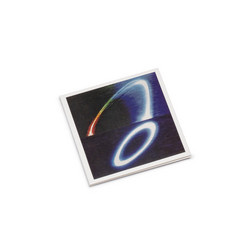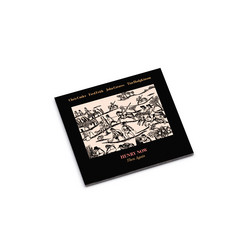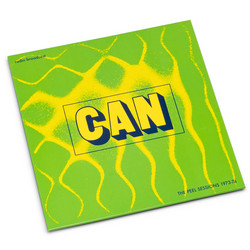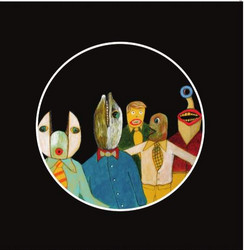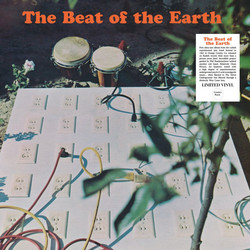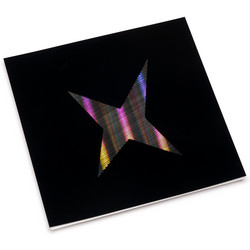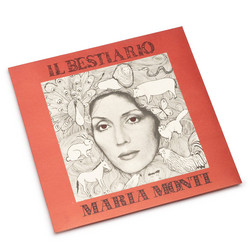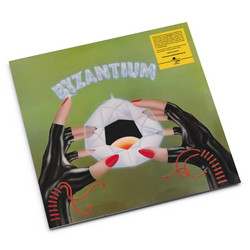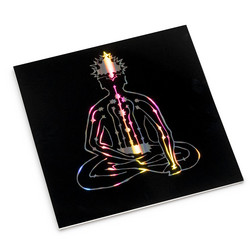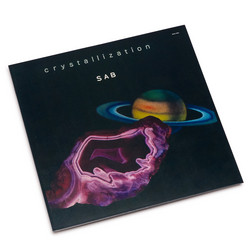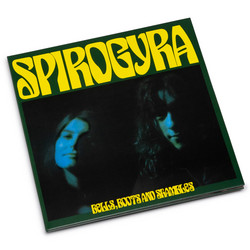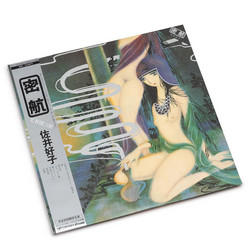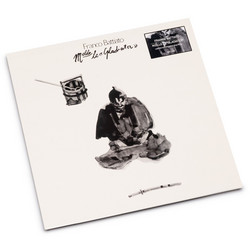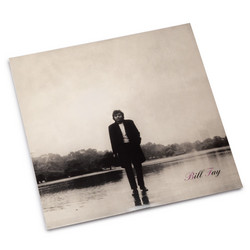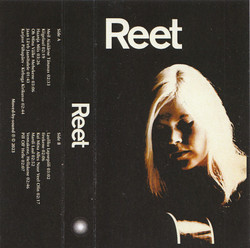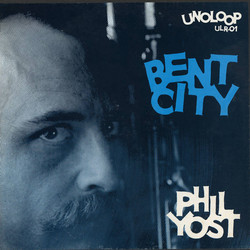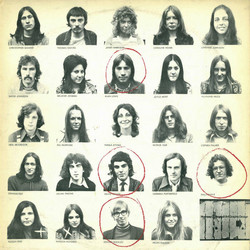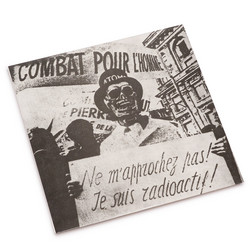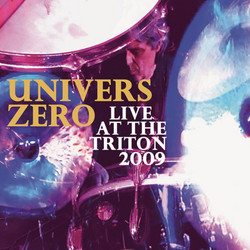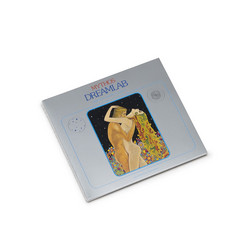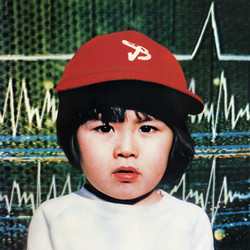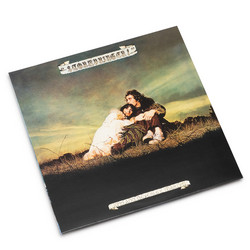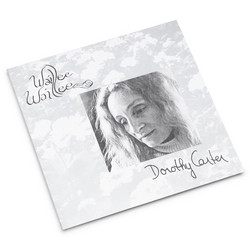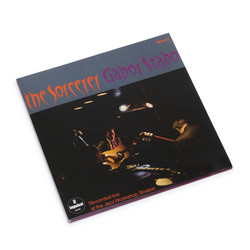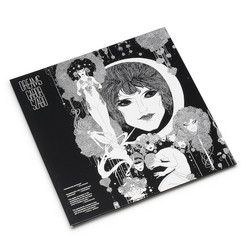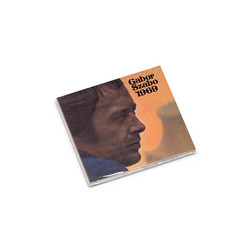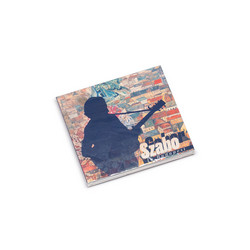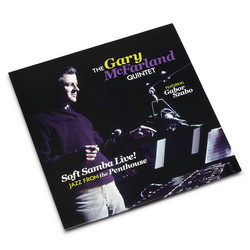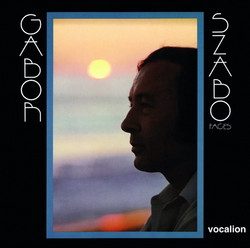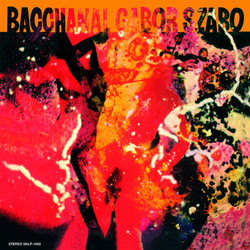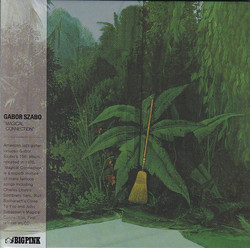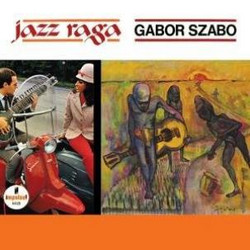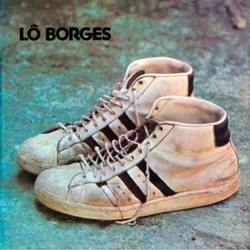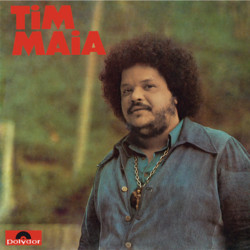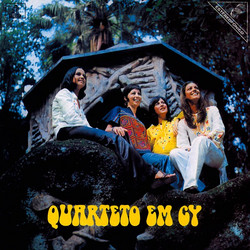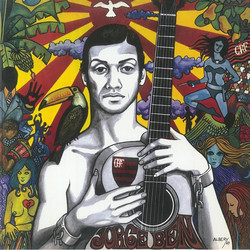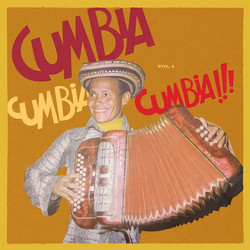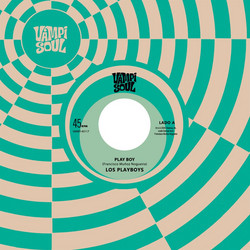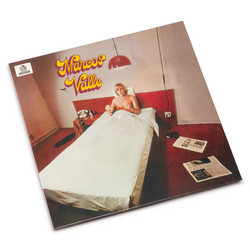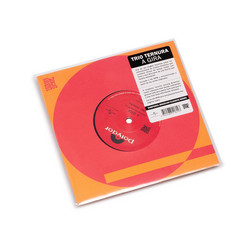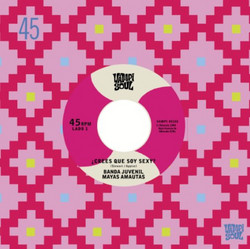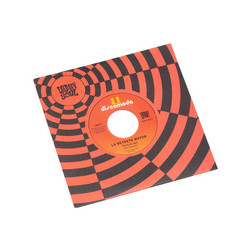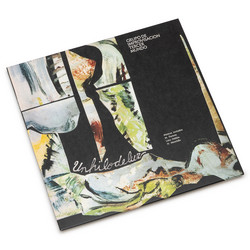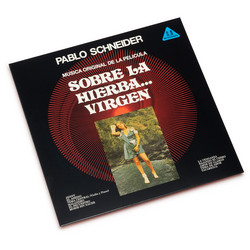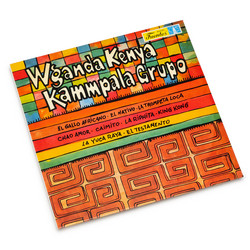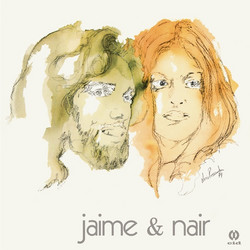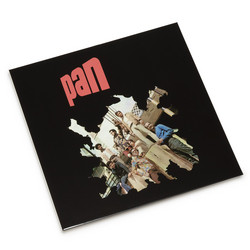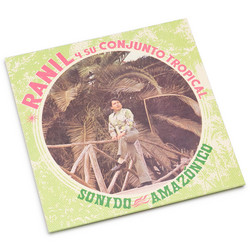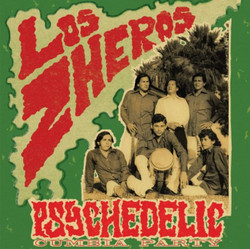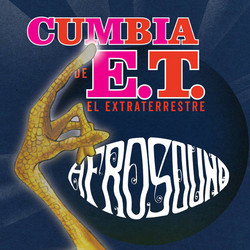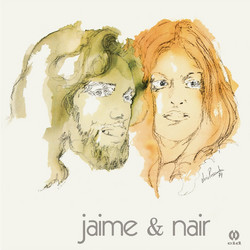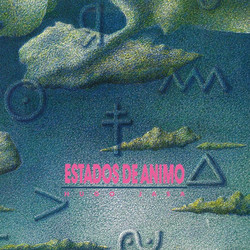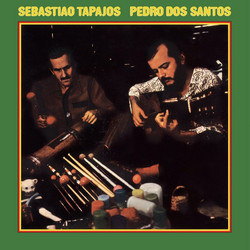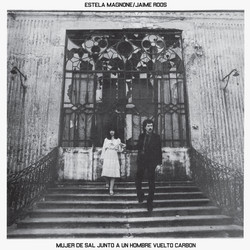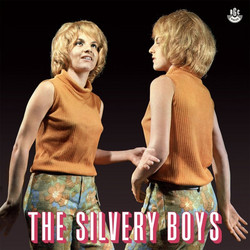Tip! Released in 1967 on Impulse! Records, Jazz Raga stands as one of the most adventurous intersections between jazz improvisation and Indian modality of its era. At a time when cultural exchange was rapidly reshaping the landscape of modern music, Hungarian guitarist Gábor Szabó created an album that transcended borders not through imitation, but by forging a personal synthesis of sound and spirit. Recorded over two days in August 1966 at Rudy Van Gelder’s iconic studio in Englewood Cliffs, New Jersey—with production by Bob Thiele—the session pairs Szabó’s nylon‑strung guitar and sitar with the elastic rhythm section of bassist Johnny Gregg, the luminous Bernard “Pretty” Purdie on drums, and occasional guitar support from Bob Bushnell.
From the outset, Jazz Raga feels both hypnotic and playful. Its opening track, Walking on Nails, unfolds like a mantra, oscillating between modal groove and jazz phrasing, while Mizrab—named after the plectrum used to play the sitar—links delicate string figures to subtle rhythmic expansions. Throughout the record, Szabó’s phrasing reveals his gift for translation: traditional Indian timbres emerge not through replication, but through emotional equivalence. When he renders Mick Jagger and Keith Richards’s Paint It Black or the Gershwin standard Summertime, the familiar melodies dissolve into refracted colors, connecting pop idioms to spiritual resonance. Yet Jazz Raga is far from a mere artifact of 1960s exotica. Beneath its surface lies a structural sophistication rooted in Szabó’s clear sense of narrative pacing. The compositions progress through ebb and surge—tight cycles giving way to open intervals—mirroring the meditative logic of raga form. Purdie’s drumming, simultaneously swinging and restrained, adds clarity to this fluid motion, while Gregg’s bass anchors the experiments with lyrical precision. The production captures every vibration as physical phenomena: plucked overtones and sustained drones reverberate within the studio’s architecture, creating a palpable sense of depth.
